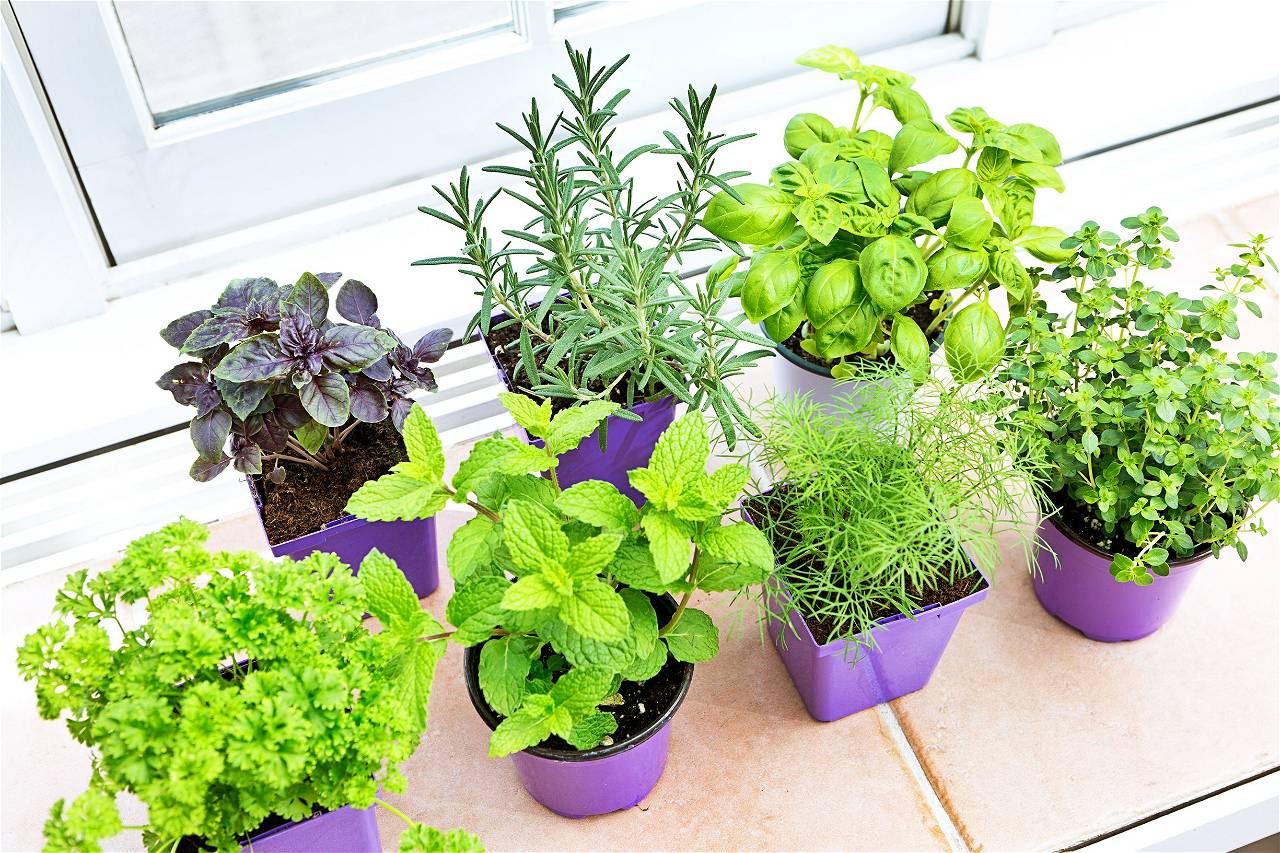
Winter vegetable gardening: There is a number of crops that we can plant in our garden to get the best out of them in wintertime, including garlic, leeks, onions, radishes, lettuce, peas, potatoes, chard, spinach, rhubarb, and other leafy greens such as bok choy and kale. No problem if you have already planted them but if it is yet to be done then we can do some planning and can keep following in mind with each of the crops. So let's know about some winter vegetables in this article.
Winter Crops/Winter Vegetables
1. Onions: Onions love rich soil – not too sandy or clayey and they like regular water. You can sow onion seeds, but it’s easier to buy bulbs (called “sets”) from nursery or online sources. The best time to plant onion set is January and February. For green onions or scallions, pull up the plants when they are about six weeks old.
2. Peas –Peas are generally grown in November and February months. Pea shoots are delicacies for birds, so you may need to cover your sprouts with a floating row cover or anything that keeps birds at bay but that lets sunshine and rain in. Sowing of pea seeds an inch or two deep directly into rich soil providing it support to climb up and wind the tendrils around.
3. Potatoes – The best time for potato sowing is in February with a satisfying potato harvest. It’s always a joy for kids and adults. It can be grown from pieces of tubers that have at least one eye or from whole small tubers. Three months time is required for its harvest.
4. Radishes – Forget about those starchy red rocks called radishes at the grocery store. Search online to discover a long list of gorgeous radish seeds including French Breakfast, White Icicle, and Pink Beauties. Easter Eggs is a particularly beautiful variety that produces radishes of varying purples, pinks, and whites. Radishes grow easily and quickly, with some small-rooted varieties ready in a month or less from the day of seeding.
5. Garlic – Put in nursery purchased bulbs unpeeled and place them four inches apart. Rainwater is good for irrigation instead it can be irrigated manually. It should be watered after the shoots poke out. It's good news that garlic takes up very little time and attention.
6. Leeks – Nursery starts are inexpensive and plentiful. They can be harvested throughout the year and are unfazed by our mild winters.
7.Radish – Radishes grow swiftly and easily, with some small-rooted types available in a month or less from the day they are needed. Its seeds can be purchased online or in a food shop. Among them are French breakfast, White Icicle, and Pink beauty. Easter eggs are a particularly lovely cultivar that yields radishes in a range of purples, pinks, and whites.
8.Lettuce – Seeds of Lettuce can be sown in January and February or the local nursery can be contacted to start. Same as onion it requires fertile soil and regular water. Some are more suitable for warmer months, some for cooler. There are dozens of varieties, including heirloom and redleaf. Mesclun – a combination of several lettuces such as arugula, chervil, chicory, and cress – grows beautifully in our climate
9. Spinach, kale, and bok choy- The seeds of the same need to be sown in warm weather and require cool temperature for growth. These greens can be used for salads or can be braised in stir-fries or thrown into soups. Proper irrigation and good soil will give you a plate full of salad for your healthy living.
















